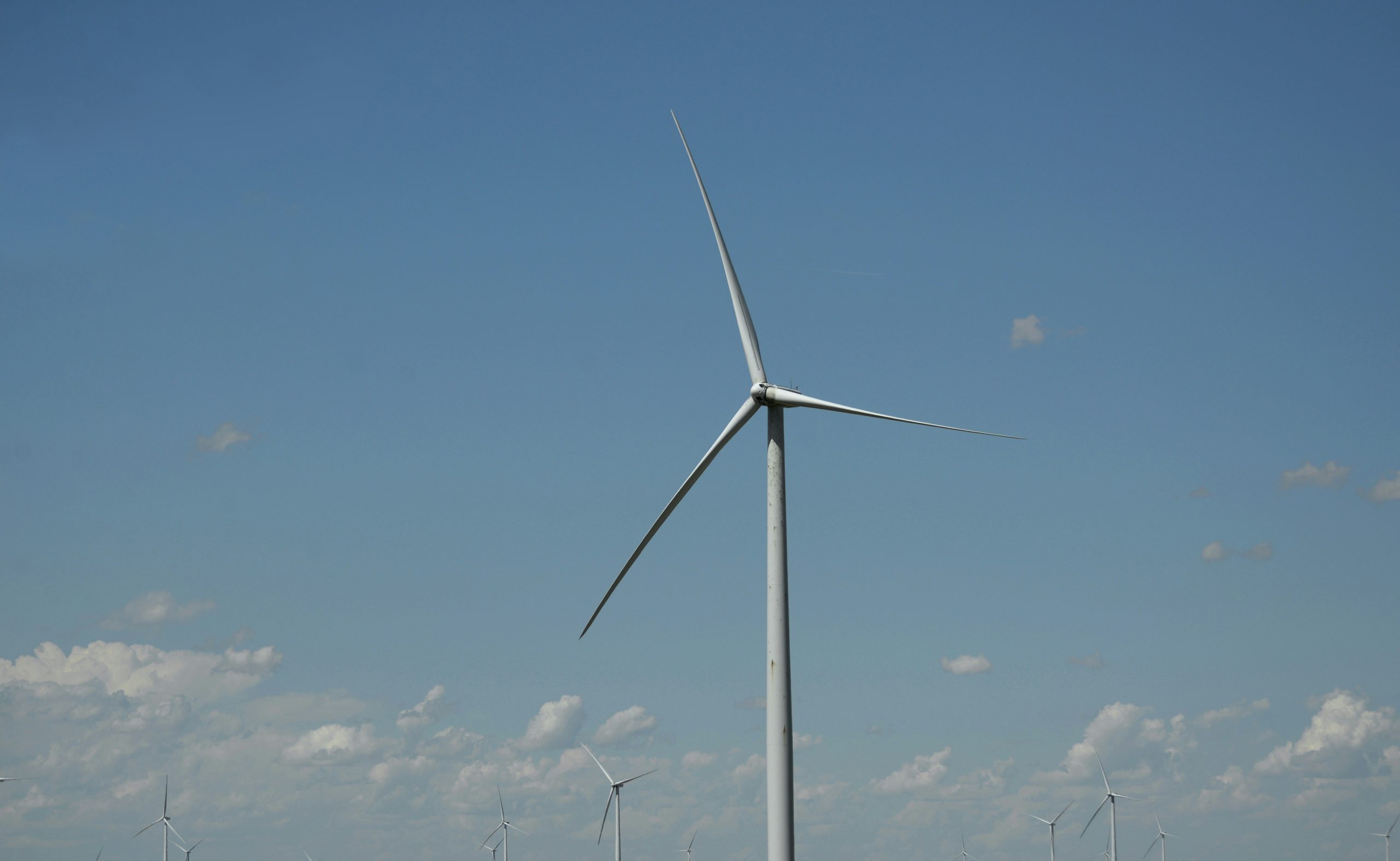The Ministry of Climate has approved the report on the environmental impact assessment of the North-Western Estonian offshore wind farm being developed by Enefit Green, on the basis of which the development of the wind farm can move forward.
Estonia has set a goal of producing 100% renewable electricity by 2030 covering all of Estonia’s needs and achieving climate neutrality by 2050. In addition to onshore wind farms and solar parks, offshore wind power plays a large role in meeting these goals.
‘One of the biggest advantages of an offshore wind farm is that there is a more constant and stronger wind at sea even when there is a lack of wind or sun on land. The production of renewable energy on a larger scale will also revitalize our economy, giving energy-intensive companies that are considering investing in Estonia an additional incentive to come here,’ explained Karmo Kõrvek, Development Manager of Offshore Wind Power at Enefit Green.
The local Hiiumaa community will also benefit from the offshore wind farm. Namely, all local authorities located no more than 20 km from the wind farm will receive 1 to 1.4 million euros of funding at current – considering the current average electricity prices -to revitalize local life. However, the construction of the wind farm will provide hundreds of new jobs in its construction stage and later dozens of permanent jobs for wind farm caretakers and managers, plus indirect jobs.
‘The assessment of the environmental impact of the North West Estonian offshore wind farm began already in 2006. During this time, a number of studies have been carried out to clarify the possible environmental impacts associated with the establishment of the wind farm and the measures needed to mitigate them. For example, during the feeding period of seals and spawning periods of fish, construction work must not be carried out,’ showed Kõrvek an example of what the developer has learned from these studies.
The environmental impact assessment was carried out by Skepast and Puhkim OÜ. According to Hendrik Puhkim, the EIA chief expert, the main conclusion is that the offshore wind farm does not have significant negative effects on the natural and human environment. However, it is not possible to design the wind farm in such a way that it would have no negative impacts at all.
‘It was necessary to find a compromise between different areas and stakeholders in order to get a result. I believe that it worked out well. The EIA provided a series of conditions that reduce and mitigate the environmental impact, which must be observed both during the construction and during the operation phase of the wind farm. More than 20 professionals from Estonia and abroad were involved in the EIA expert group,’ Puhkim explained.
The North-Western Estonian offshore wind farm is planned to have a capacity of 1 gigawatts and can accommodate up to 60 wind turbines. The wind farm’s annual electricity production is approximately 4 terawatt-hours. At the earliest, the offshore wind farm could begin operation in the 2030s.
Enefit Green is one of the leading renewable energy producers in the Baltic Sea region. The company’s shares are listed on the Nasdaq Tallinn Stock Exchange and the company has nearly 64,000 investors. Enefit Green is focused on developing wind and solar energy production capacities to increase the availability of green energy and improve energy security in its home markets. The company is currently in the process of building six wind farms in Finland, Estonia and Lithuania with a total capacity of 615 megawatts and four solar power plants in Estonia, Latvia and Poland with a total capacity of 100 megawatts.
Source: Enefit Green
















